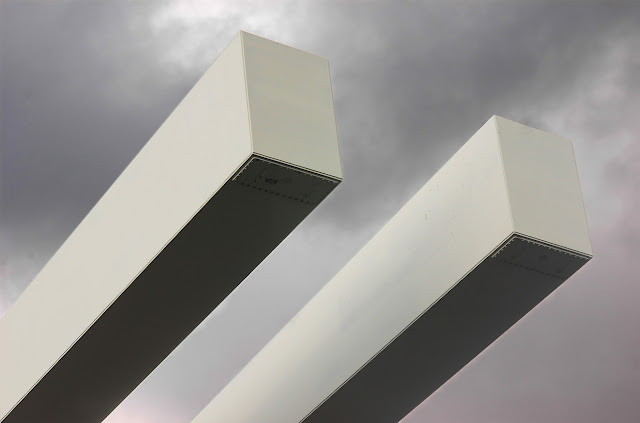Search This Blog
Most Popular
Structure of Timber |Macrostructure and Microstructure
March 22, 2024
What is Development Length (Ld) in Construction?
August 14, 2025
Categories
- Building Construction (87)
- Building Materials (85)
- Columns (2)
- Concrete Beam (3)
- Concrete Construction Techniques (6)
- Concrete Mix Design (15)
- Concrete Repair (14)
- Concrete Slab (11)
- Construction Equipment (17)
- Construction News (7)
- Design of Structures (20)
- Engineering Drawing (1)
- Estimation (3)
- Geotechnical engineering (26)
- Highway Engineering (11)
- Innovations (34)
- Material Testing (11)
- Matrix Analysis of Structures (2)
- Mechanical Engineering (3)
- Strength of Materials (2)
- Structural Analysis (13)
- Structural Design (24)
- Structures (17)
- Transportation Engineering (9)
What is Flexural Member?
Anonymous
July 15, 2019
What is a Flexural Member?
A member of a structure that is subjected to both tension and compression within its depth can be called as a flexural member. As per the American Concrete Institute, the following definitions for flexural members are given:
- Slab: The slab is a flexural member with a uniform depth that supports area loads over its surface. The slab is provided with reinforcement to take the flexure either in one direction or in both directions.
- Joist - Slab: A ribbed slab is a slab that takes ribs in one or two directions.
- Beam: The beam is a flexural member that is designed to carry both uniform and concentrated loads. This member can act a primary structural element in the case of a beam-column frame or it can be used to support the slabs or the joist-slabs.
- Girder: Girders are structural members that are used in order to support the beams and designed to span between the erected columns, walls or girders. The girders are always considered to be a primary member.
Note: The beams are flexural members as it will undergo tension in the bottom and compression in the top surface under the action of load. In the case of columns, most of them are not flexural members as they are loaded at the top and the whole is subjected to compression alone. The tie bar will have only tension throughout the entire cross-sectional area. In the case of trusses, they are designed such a way that some elements take tension and another take compression. Hence none of the members in a truss configuration will be considered as a flexural member.
Most Visited
Soil Sampling Methods| Undisturbed and Disturbed Samples
November 08, 2023
Boring Methods for Soil Exploration
November 02, 2023
Steel Column Connected to Concrete Masonry Wall
October 11, 2017
How to Choose Good Quality Aggregates for Construction?
August 10, 2021
What are Infiltration Wells?
April 15, 2024
Terzaghi's Equation: Soil Bearing Capacity for Foundations
March 02, 2022
Structure of Timber |Macrostructure and Microstructure
March 22, 2024
Search This Blog
MUST READ
What is PERT? Objectives, Pros & Cons
September 10, 2017
Terzaghi's Equation: Soil Bearing Capacity for Foundations
March 02, 2022
Contact Form
Footer Menu Widget
Created By SoraTemplates | Distributed By Gooyaabi Templates



0 Comments
Commenting Spam Links Are Against Policies